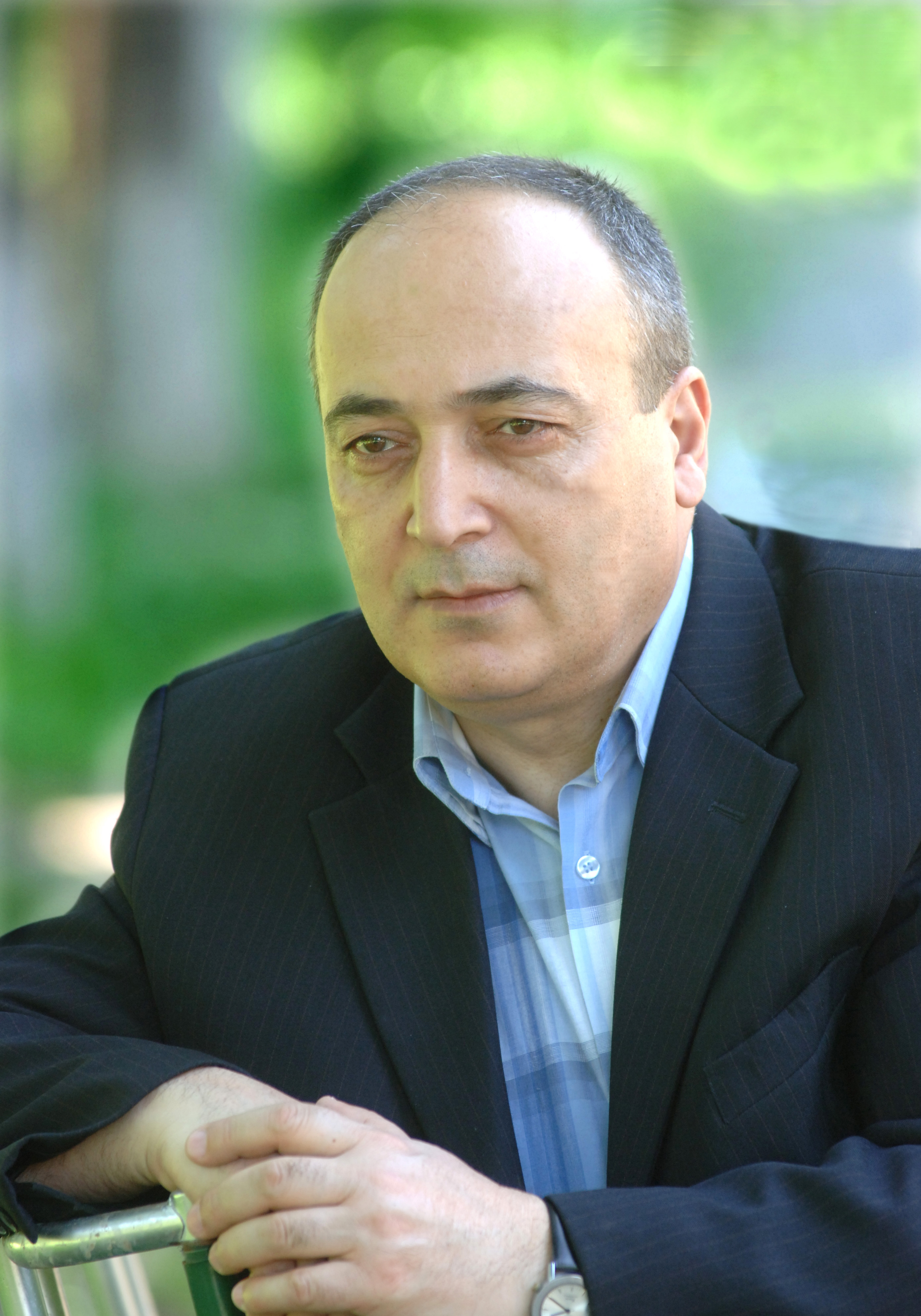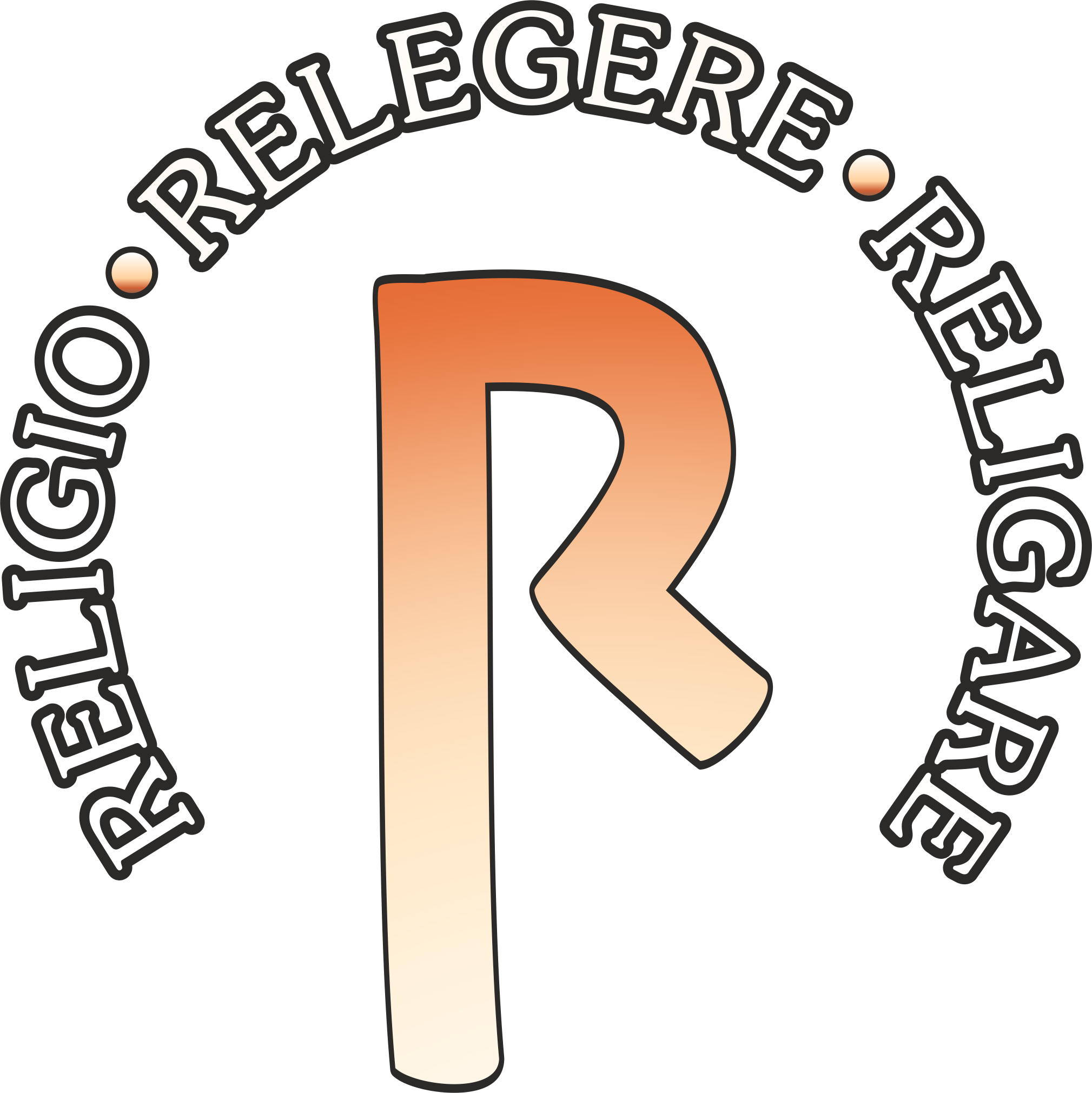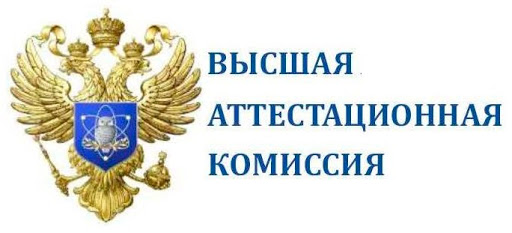Traditional Christian holidays in the Armenian folk calendar have been preserved with the addition of some archaic elements originating from millennia ago. These are especially evident in a number of spring rituals, particularly in the holidays leading up to and following Easter. Aklatiz, in Armenian folk beliefs, is a kind of calendar indicator of weeks, the simplest version of which was seven feathers attached to the head of an onion. and its simplest version was seven feathers tied to the head of an onion. Throughout the entire seven-week period leading up to Easter, Aklatiz were hung from chimneys or ceilings of houses. At the same time, children who broke the rules of fasting were scared by the monster Aklati during Great Lent. It is interesting that in some dialects of the Armenian language, the dandelion flower is also called аklatiz, since its seed version resembles the monster Aklatiz. Armenian dialects also contain numerous other ancient variants of the name for this plant, including khǝmbaba or khǝmbababa, which are absent from any other language in the region and were only common in some Armenian dialects. The form khimbaba does not have a coincidence with the Sumerian Humbaba, as confirmed by other folk variants for the name of this plant – in particular, the variant satani chǝrag (“devil's lamp”). The parallels between the Armenian Aklatiz, the guardian monster of the Armenian Great Lent, and the Sumerian Humbaba, the guardian monster of the cedar forest, testify to certain common n cultural and ritual ideas and value systems among the proto-Armenians and Sumerians. Ethnographic, folkloric, and linguistic data show that the oldest Armenian dialectal version of the word for dandelion – khǝmbaba – has a direct connection with the name of the monster Humbaba from the Epic of Gilgamesh, and completes the list of shared Armenian-Sumerian linguistuc communities.
Key words: Easter, Great Lent, plant name, dandelion, Aklatiz, Humbaba, Gilgamesh
DOI: 10.22250/2072-8662-2025-3-59-65
About the author
 |
Artak V. Vardanyan – PhD in Philology, Senior Researcher at the Department of Dialectology of the Institute of Language n.a. H. Acharyan of the National Academy of Sciences of Armenia; |






